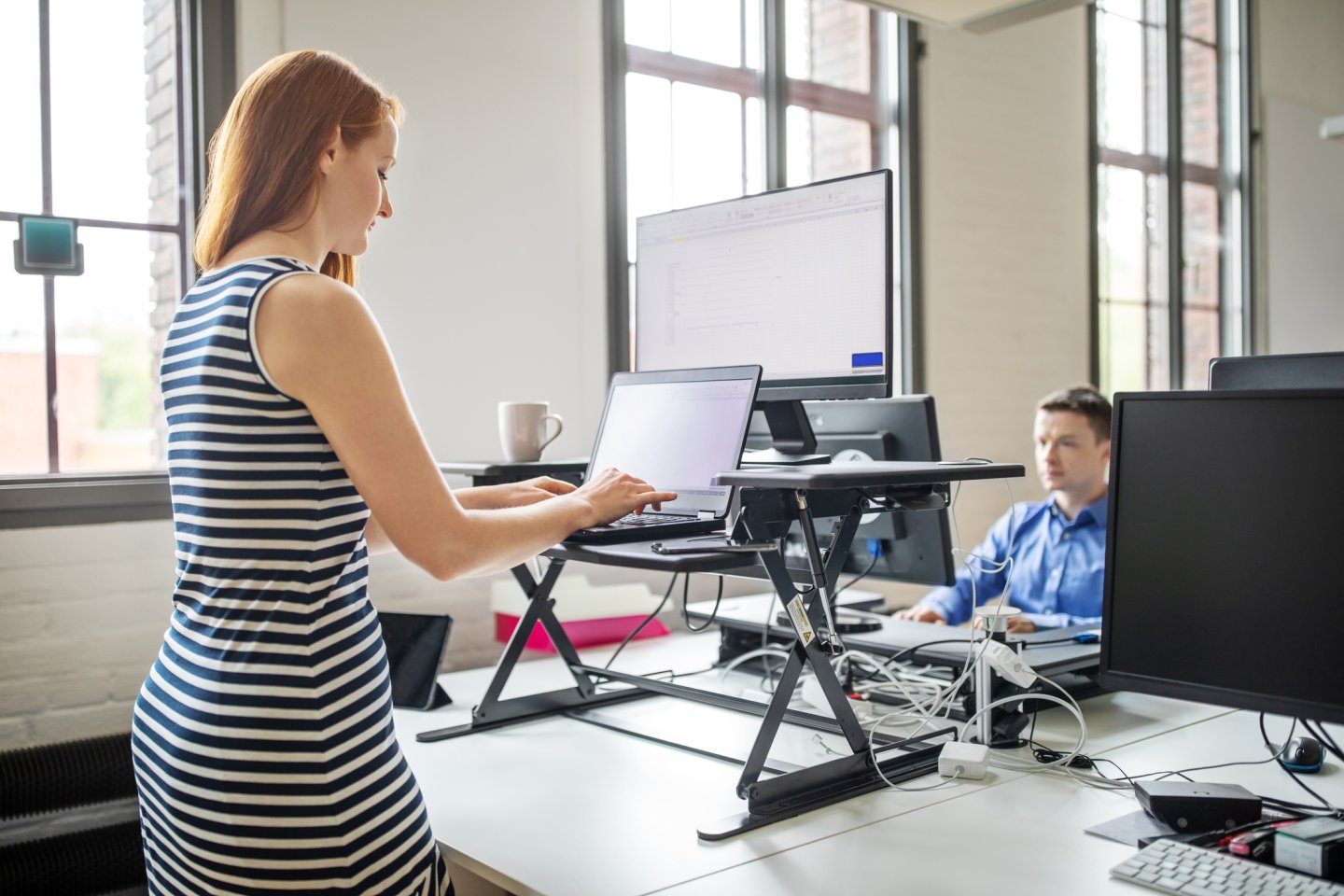
Ergonomics and active movement at work
Sitting or standing for long periods of time or getting barely any exercise during the day are harmful habits typical of many offices. No matter how well designed and equipped an ergonomic workstation is, it won’t prevent pain if it is unused or misused.
Do your employees often feel tired? When people must work in the same position for extended periods of time, whether sitting or standing, this not only makes them uncomfortable, but also eats away at their productivity and motivation.
Make sure your employees have ergonomic products that will keep them active even on busy workdays.
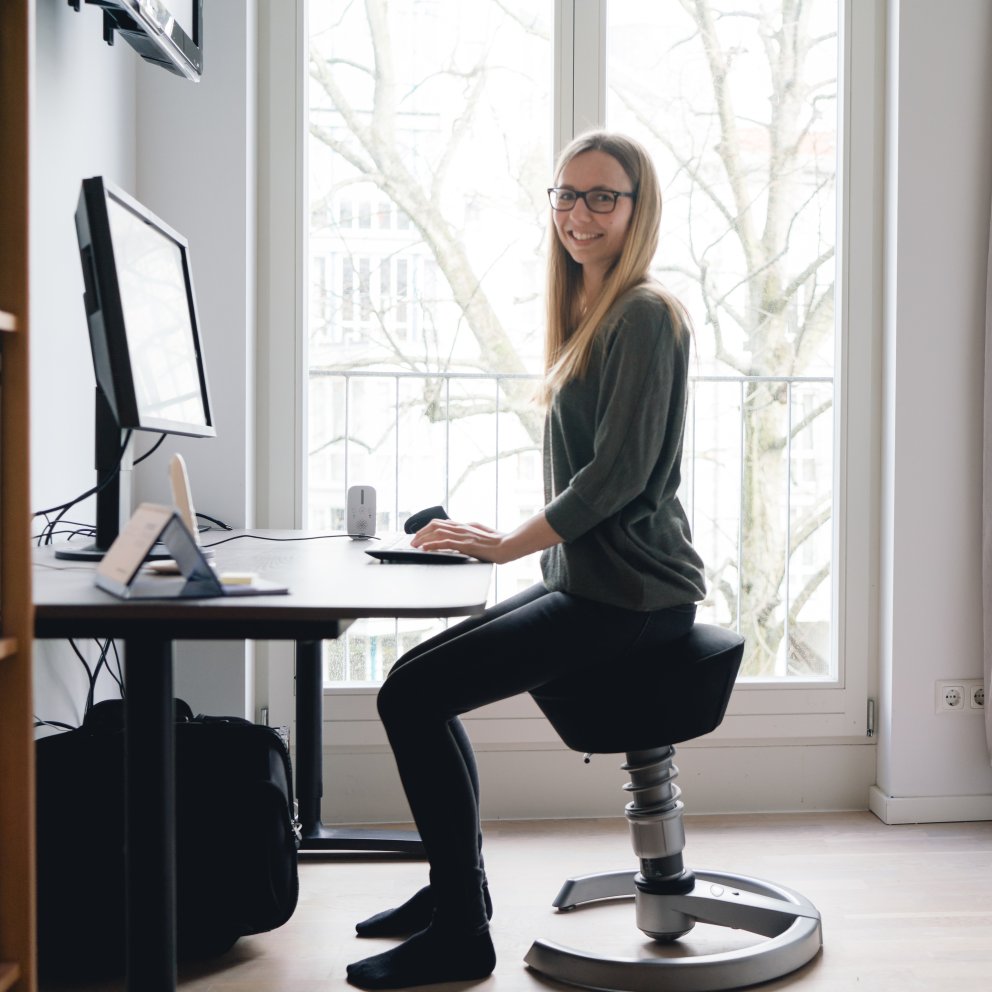
Active sitting
By active sitting we mean dynamic sitting, which encourages people to keep changing position or posture while seated. Sitting balls or balance seats and chairs can be used for flexible movement while an individual is sitting. This is good for the human body and makes it easier to perform certain tasks even when you are in a sitting position. Actively transitioning between sitting and standing while working promotes muscle movement, improves posture and increases energy levels.
Strike a balance between sitting and standing
If you’re one of those people who tend to get so caught up in their work that they don’t even notice that they’ve been sitting still for most of the day, these tips are for you:
- Drink water! Keeping up your fluid intake is a great way of making sure you get a bit of exercise at the same time. Replace your large bottle with a glass. When you finish a glass of water, head to the kitchen for another one.
- Stand or walk around during phone calls or meetings.
- Remove the bin at your desk. Then, if you have any rubbish to dispose of, you will have to walk to the nearest bin.
- Position the printer as far away from your desk as possible. Not only will it not distract you while you work, but when you need to print something, you have another reason to stretch your legs.
- Ergonomics experts say you should have a stretch or take a short walk every 30 minutes. Set up a calendar alert to remind you to move or place a coloured piece of paper with a reminder in your field of vision.
Our tip: Antares Dinky balance stool has the same functions as a sitting ball, but with easier storage options.

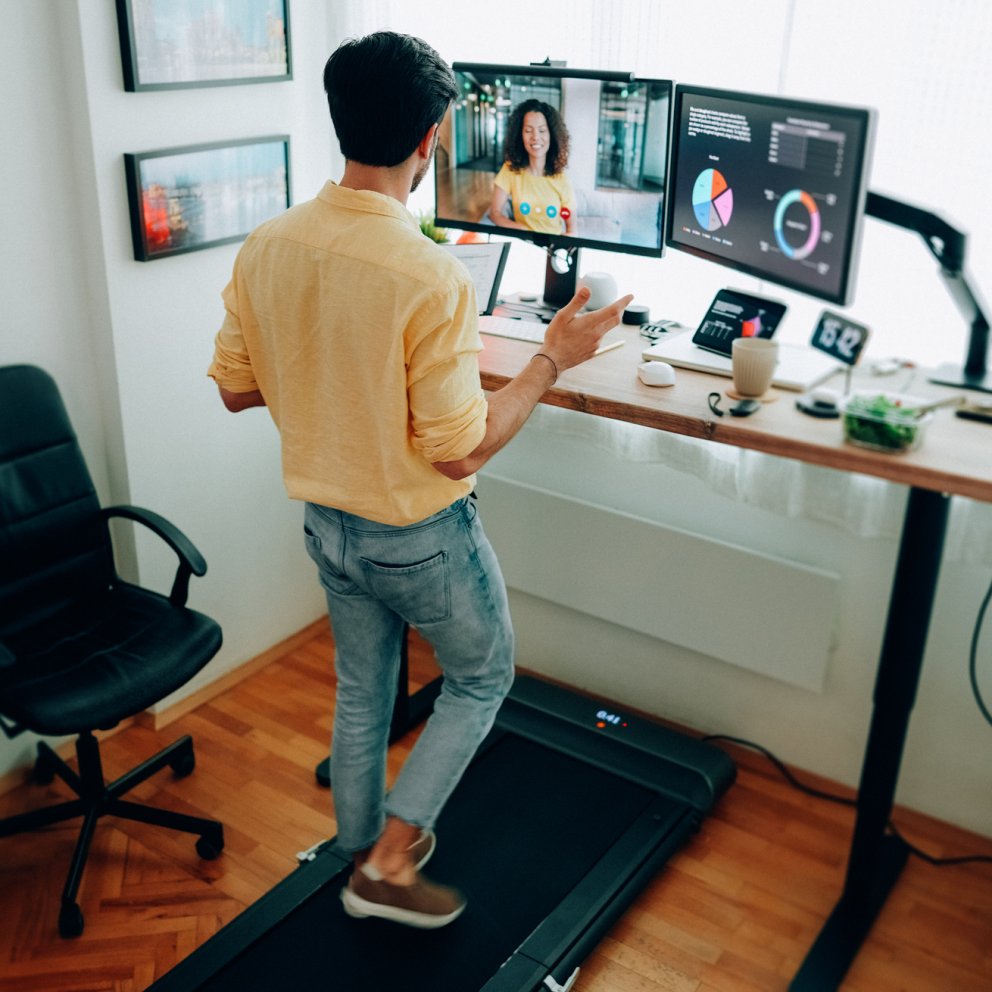
Active standing
Just as sitting for long periods of time is not good, neither is standing for long periods of time. If it is unavoidable – perhaps at a reception desk or in a shop – employers should provide an anti-fatigue mat for their employees to stand on.
An anti-fatigue standing mat is designed to promote healthy posture, help improve blood flow and provide ample support for the feet, reducing fatigue and lessening pain in the legs and feet.
Standing mats provide additional support for employees while allowing them to exercise with numerous small, subtle movements. And movement is crucial in delaying the onset of fatigue in any position. The better the anti-fatigue standing mat, the longer an employee can remain standing.
Flexible adjustment to your working position
The freedom for employees to adjust their position at their desk is a feature of a workplace that contributes to improving staff health and well-being. Switching from sitting to standing and vice versa promotes muscle movement, improves posture and helps to maintain the necessary energy levels.
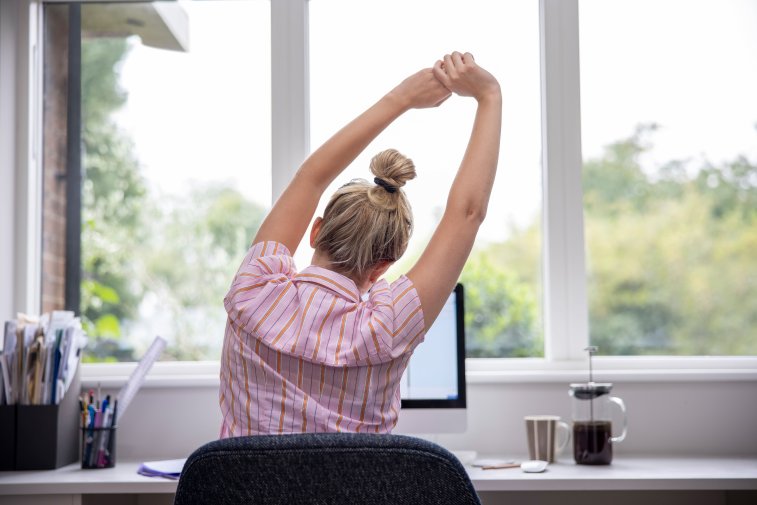
Our tip: Take regular breaks for stretching.
Stretching is a great way of reducing fatigue, limbering up, getting the blood and energy flowing throughout the body, and improving posture.
Continue reading
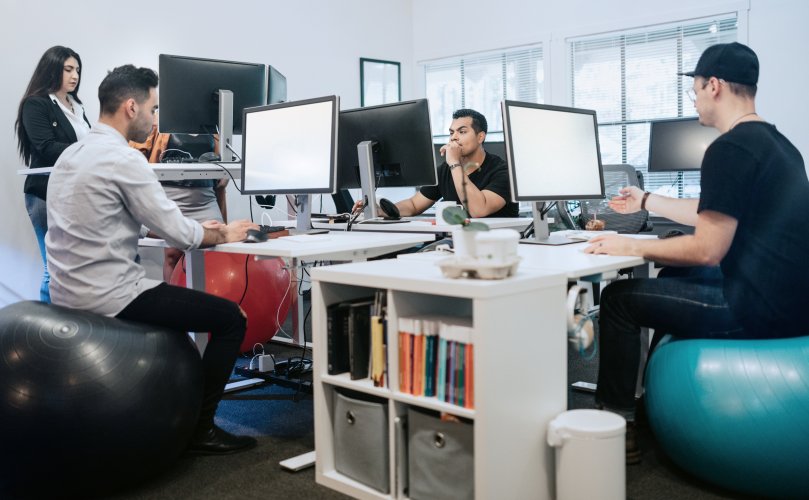
Ergonomics and workplace health

Ergonomics and healthy back

